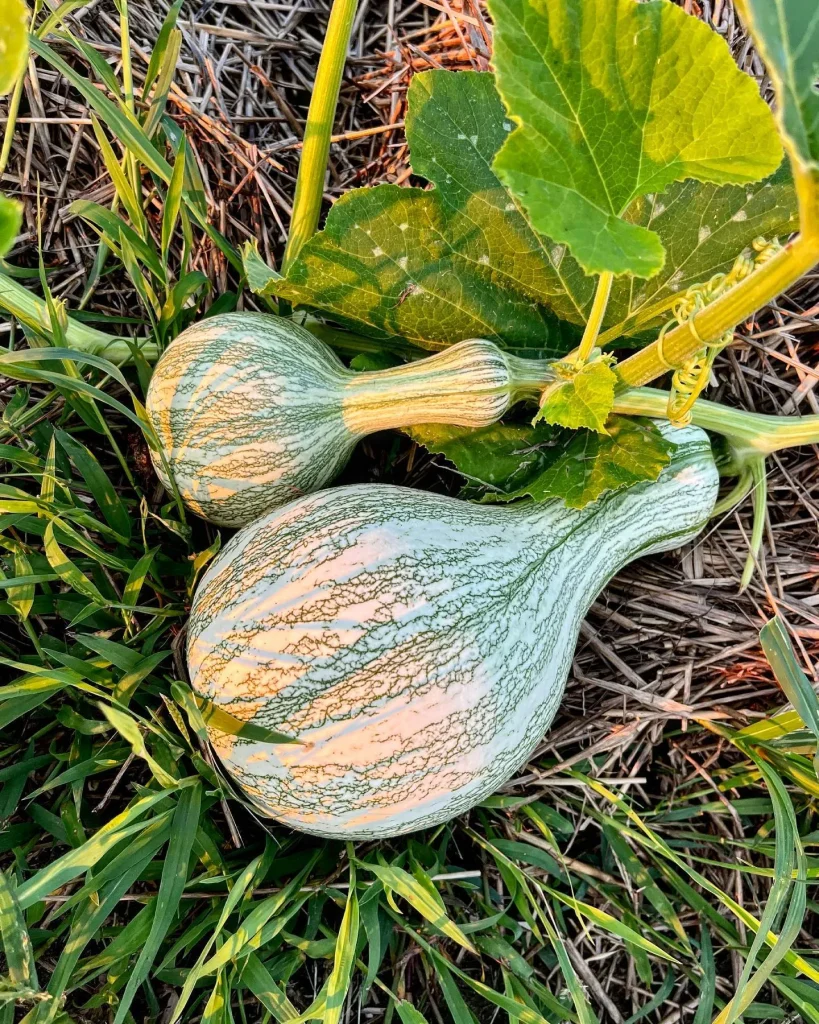I’ve always been fascinated by carnivorous plants, and Sarracenia Rosea is one of the most intriguing species I’ve had the pleasure of growing. It’s a plant that not only stands out in any collection but also sparks curiosity and amazement among onlookers. Over time, I’ve gathered a fair share of experience and knowledge about this captivating plant, which I’ll share with you in this FAQ guide.
32 Species in Genus Sarracenia
What is Sarracenia Rosea?
Sarracenia Rosea is a type of pitcher plant, a carnivorous species native to the southeastern United States. It’s part of the Sarraceniaceae family, known for their tubular, pitcher-like leaves that trap insects. The plant’s unique structure not only makes it a conversation starter but also a fascinating specimen to observe. The pitchers of Sarracenia Rosea are usually shorter and stouter compared to other Sarracenia species, with a rosy hue that gives it a distinctive look.
How to Care for Sarracenia Rosea?
When it comes to Sarracenia Rosea care, there are a few key things to keep in mind. First, it’s important to replicate its natural habitat as closely as possible. This means providing it with plenty of sunlight, ideally full sun, for at least six hours a day. In terms of soil, a mix of peat moss and sand works well. The soil should always be kept moist, but it’s crucial to avoid waterlogging, which can lead to root rot. Using distilled or rainwater is best, as tap water often contains minerals that can harm the plant.
One thing I’ve learned is that Sarracenia Rosea thrives in acidic conditions, so maintaining the right pH level is essential. Regularly flushing the soil with rainwater can help keep the pH in check. Another aspect of care is feeding. While these plants do catch their own prey, in a controlled environment, you might want to supplement their diet with insects during the growing season. Just be careful not to overfeed, as this can lead to mold and other issues.
How to Propagate Sarracenia Rosea?
Propagating Sarracenia Rosea is an exciting process that can be done through division or from seed. Division is the easiest and most common method. The best time to divide your plant is in early spring before new growth begins. Carefully remove the plant from its pot and gently separate the rhizomes. Each division should have at least one growth point and some roots. Replant the divisions in fresh soil, and they should establish themselves fairly quickly.
Growing Sarracenia Rosea from seed is more time-consuming but rewarding if you’re patient. The seeds require a period of cold stratification to germinate, which means they need to be kept in a cold environment, like a refrigerator, for about six weeks. After this period, you can sow the seeds on the surface of a peat-based mix and keep them in a warm, well-lit area. Germination can take several weeks to months, and it may take a few years before the plants reach maturity.
What is Sarracenia Rosea Fat Chance?
If you’ve come across the term Sarracenia Rosea Fat Chance, you might wonder what it means. This refers to a specific cultivar of Sarracenia Rosea known for its particularly robust and wide pitchers. The name “Fat Chance” is a playful nod to its stout appearance. In my experience, this cultivar is just as easy to care for as the standard Sarracenia Rosea, but it definitely makes a bolder statement in the garden.
What to Plant with Sarracenia Rosea?
When considering what to plant with Sarracenia Rosea, it’s important to choose plants that have similar growing requirements. Other carnivorous plants, such as Venus flytraps or other Sarracenia species, can make great companions. Additionally, non-carnivorous bog plants like pitcher plant companion plants such as mosses, sundews (Drosera), or even some types of sedges can create a beautiful and natural-looking setup.
How to Troubleshoot Common Issues with Sarracenia Rosea?
Like any plant, Sarracenia Rosea can run into problems. One of the most common issues is the pitchers turning brown or black, which often results from too much or too little water, or from the plant not getting enough sunlight. Another issue I’ve encountered is mold or fungus, especially if the plant is overfed or kept in overly humid conditions without proper air circulation.
If your Sarracenia Rosea isn’t catching enough prey, you might notice weaker growth. In this case, you can manually feed it insects, but be sure not to overdo it. I’ve also found that periodically cleaning out the dead insects from the pitchers can help prevent mold and other problems.
Conclusion
Sarracenia Rosea is a remarkable plant that, with the right care and attention, can thrive and bring a touch of the extraordinary to your garden. Whether you’re a seasoned grower or new to carnivorous plants, this species offers both beauty and intrigue. By following these care tips and troubleshooting common issues, you’ll be well on your way to enjoying a healthy and vibrant Sarracenia Rosea for years to come.
If i die, water my plants!



